French school of the 19th century, Napoleon III period
Old quality cast iron, very fine carvings, very good condition
Face of the woman in the antique style, close to the "bather" of Falconet in its expression
Dimensions (excluding base): Length 44cm, width 17cm, height 27cm
Varnished wooden base in good condition (a few scratches under the location of the bronze)
Weight with the base: 11kg
As for many bronze models from the 19th century and at the beginning of the 20th century, two versions of this allegory exist, this one where the woman is covered in a drape, and another in which the woman is naked (see link below: https://www.proantic.com /330430-la-source-anonyme-xixe-siecle.html)
Some references concerning the allegory of the source:
Known since antiquity, the allegory flourished in the Renaissance. It was codified in the 17th and 18th centuries, a period during which it was particularly popular in literature and the arts. Man uses allegory in order to give a more important place to a natural or inanimate value. According to Raymond de Petity in his “Manual of artists or dictionary of emblems and allegories” (1770), allegory appears as “a poetic way of expressing with few figures and even sometimes just one, a large subject”. Water, the natural element par excellence, both creative and destructive, with its many senses, has been seen, in numerous mythological stories, endowed with a human body. Represented in its natural state, in a landscape or emerging from an urn, it can also be an attribute enhancing the qualities of a person, a virtue or a theme such as that of sensuality, underlying in the iconography of the bath.




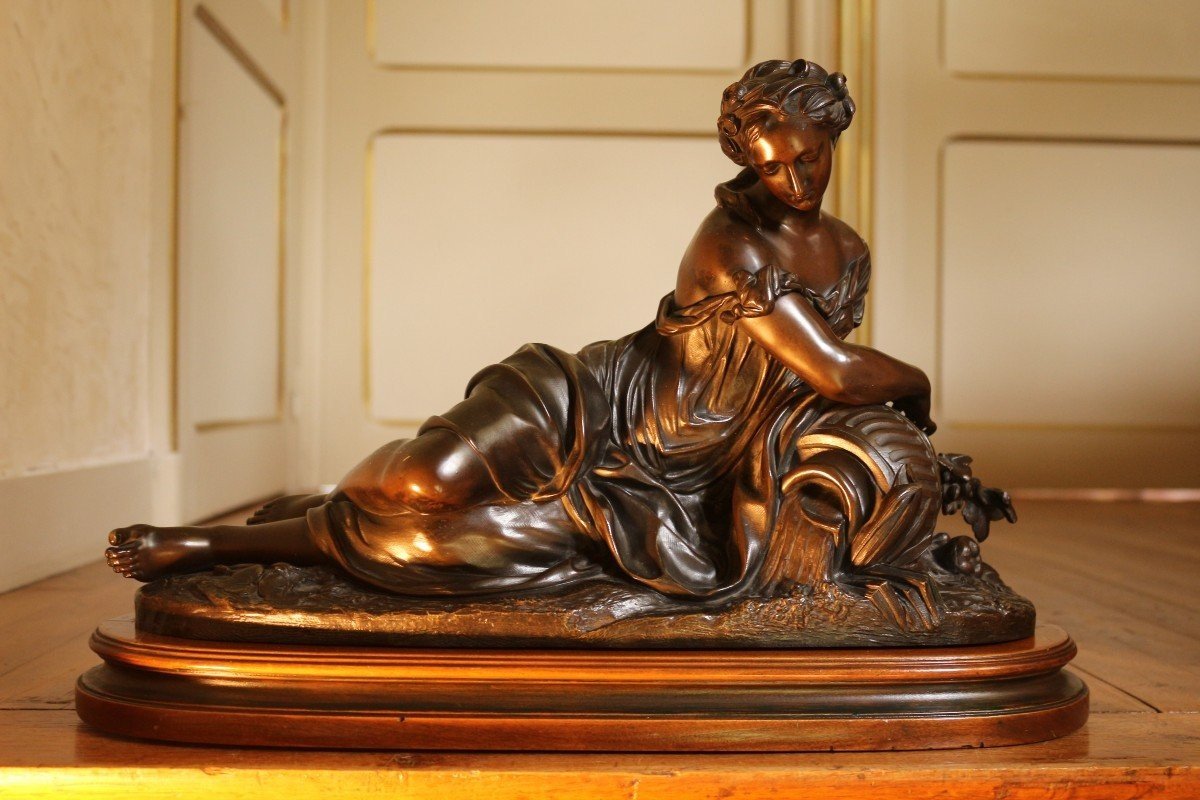
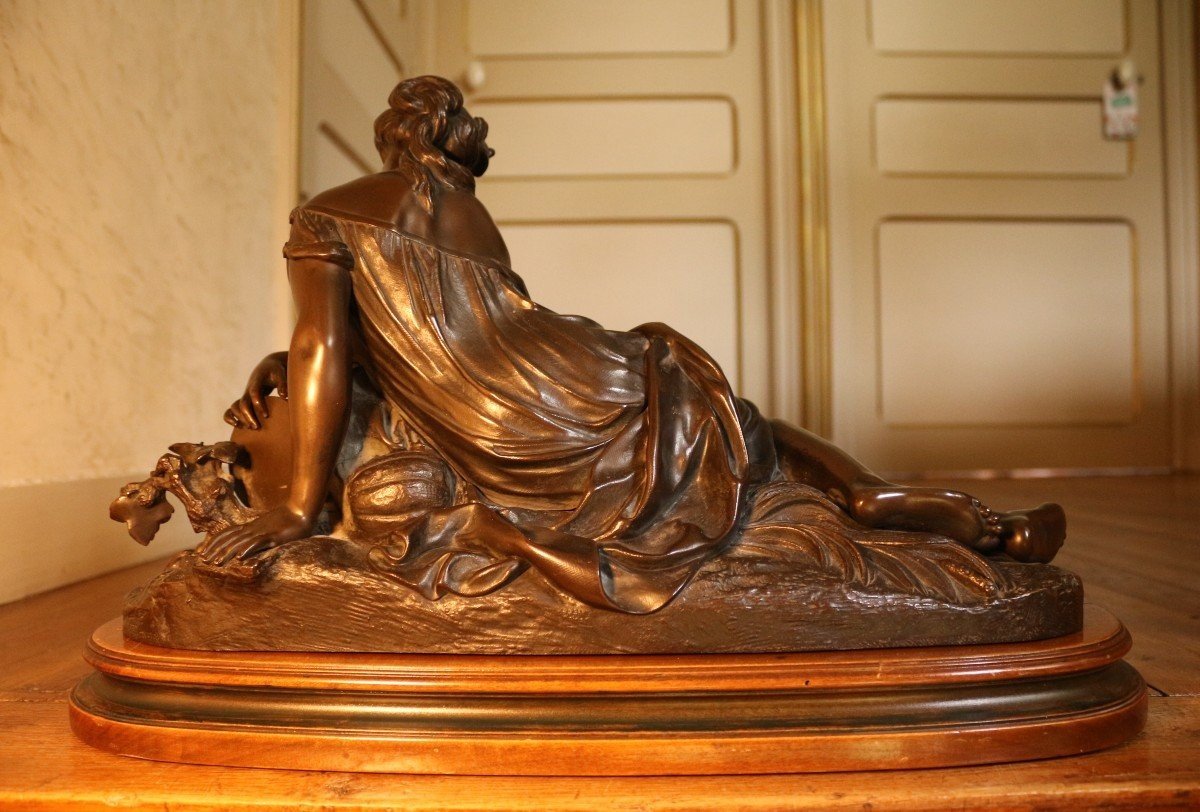




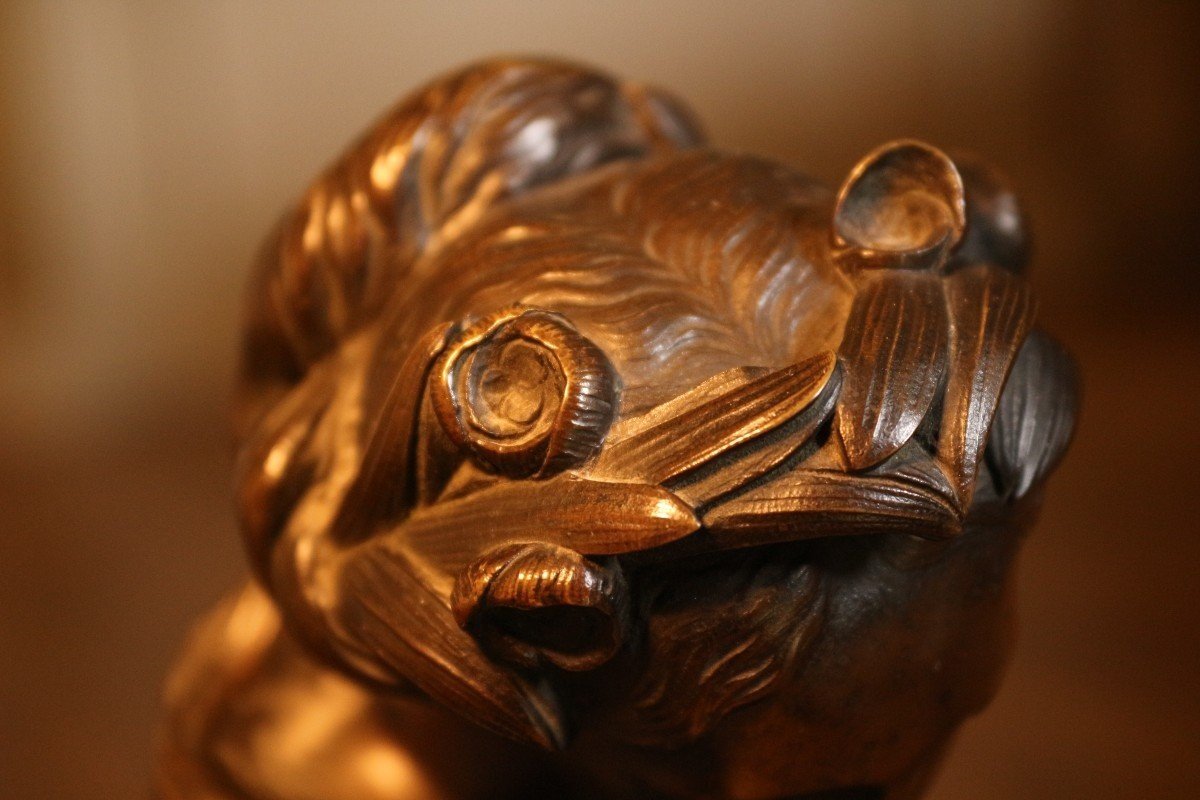


















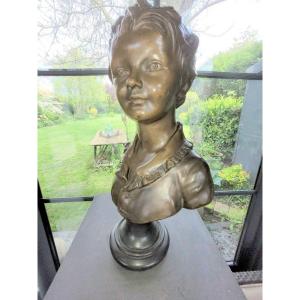

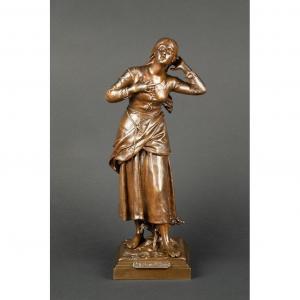




 Le Magazine de PROANTIC
Le Magazine de PROANTIC TRÉSORS Magazine
TRÉSORS Magazine Rivista Artiquariato
Rivista Artiquariato